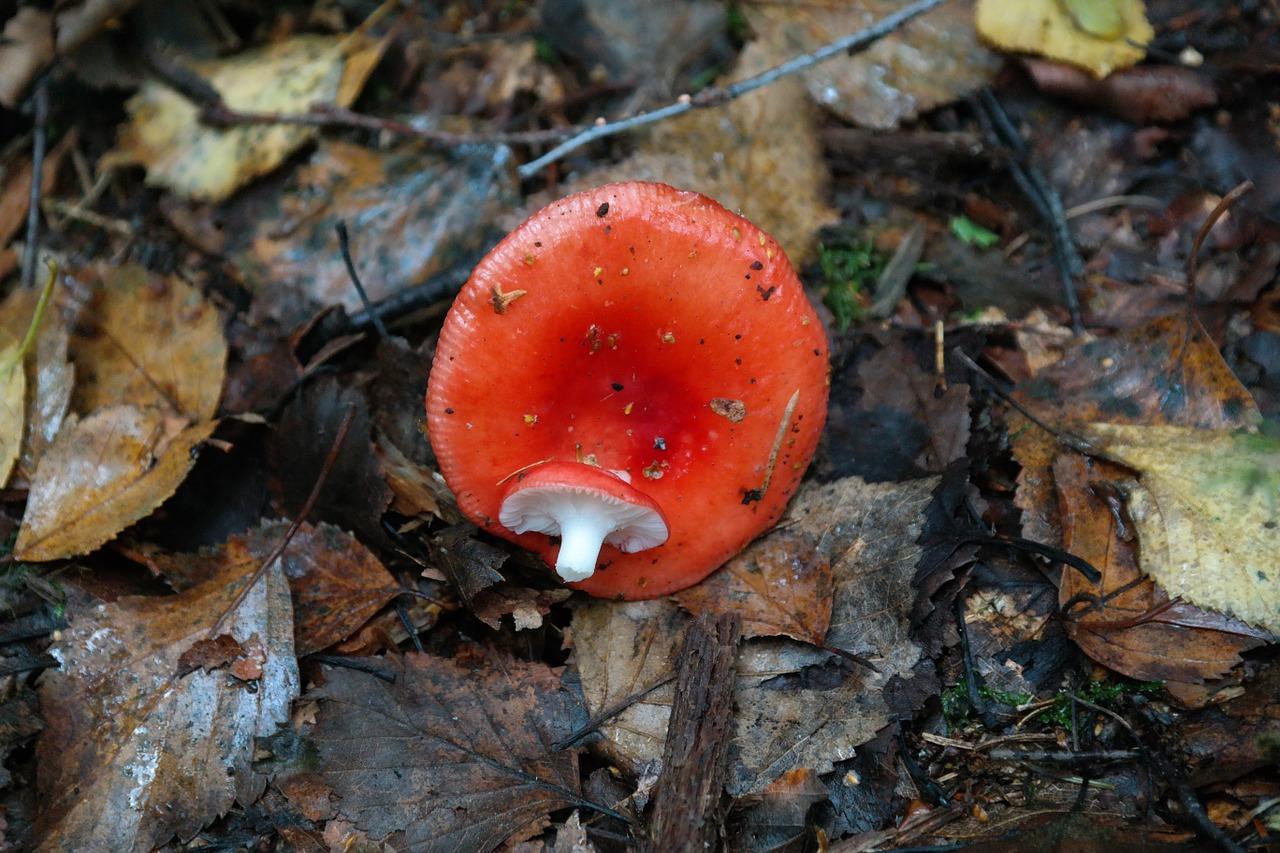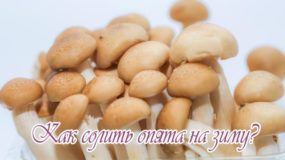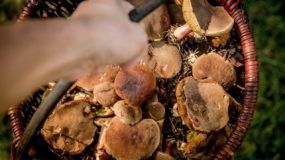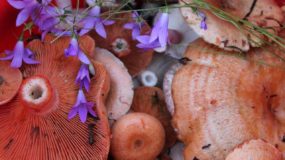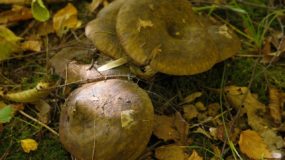They begin to stock up conservation from the summer period, as the climate is very severe. Mushrooms do not bypass the side. Over time, such controversial questions arose: "Is it possible to salt russula for the winter?", "If so, then how?", "Is Russula edible mushroom or not?".
The Russula is a small mushroom; the hat is dry, approximately 3 to 14 mm. The skin is reddish in color, the plate is white or yellowish, tastes slightly bitter, has a faintly subtle gentle smell. Varieties from sweet to rancid. Raw foods cannot be eaten, death is unlikely, but severe poisoning is inevitable.
Russula edible mushroom or not?
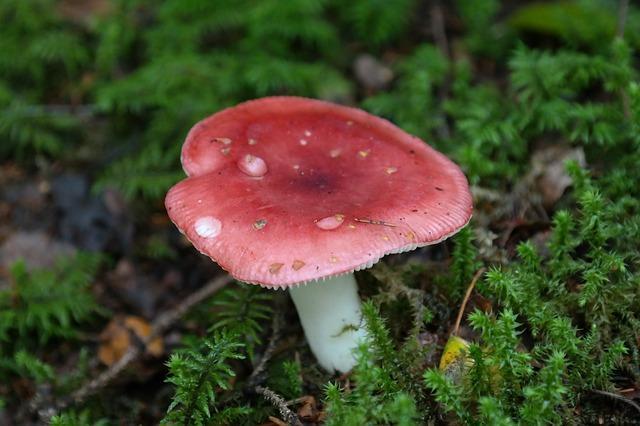
There are 275 species of russula. Among them are edible and those that can not be consumed. Edible and tasty is considered a corrugated russula, the color of which has a red-burgundy shade, and the hat is slightly flattened. The leg is white and cream.
Types of russula, which can be included in the diet:
- Swamp.
- Scaly.
- Fading.
- Russula Velenovsky.
Types that are not allowed:
- Blood red.
- Burning caustic.
- Gall.
- Dark purple.
- Krombholtsa.
Inedible species, in addition to awesome names, combines a hideous-bitter taste, unappealing appearance and burning.
Conclusion: you can use certain types of russula and when collecting very carefully consider them.
Classic Salting Recipe

Salted russula are popular and in demand during the meal, below we consider the recipe for classic salting for the winter.
- boiled russula 2 kg
- dill 1 beam
- salt 60 g
- bay leaf 4 PC
- cherry leaves 8 sheets
- black peas 10 grains
- garlic 5 tooth.
- Chop the dill, and chop the garlic in squares.
- Wash and dry the cherry leaves, leaving them in a ventilated place.
- Wash, sterilize, dry a three-liter jar.
- Lay out a few leaves and 15 grams of salt at the bottom of the can, spread a layer of mushrooms on top.
- Each of the mushroom layers must be sprinkled with salt, dill, black pepper and bay leaf.
- Cover the russula with several leaves, put gauze on top and put the load.
After one and a half weeks, check for readiness. Serve the dish seasoned with onions and vegetable oil.
Hot way of salting for the winter in banks
Ingredients:
- Mushrooms - 1 kg,
- Water - 1 l.,
- Clove - 3-4 pieces,
- Pepper and peas - 8 pieces,
- Currant leaves - 5 pieces,
- Cherry leaves - 5 pcs.,
- Salt - 45-50 gr.
How to cook:
- Peel and soak the mushrooms in cold water. Rinse and pour a liter of cold water, put on the stove.
- After boiling, put the leaves of currant and cherry, cloves, pepper in brine.
- Cook over low heat, removing the foamy formations, until the mushrooms fall down and the brine becomes completely light.
- Sterilize the jars first and place the russula in them. Pour boiling brine on top.
- With sterilized lids roll up cans.
A cool, dark place is suitable for storage. The best option is a refrigerator. You can use after 10 days.
Cold Salted Recipe
Ingredients:
- Russula - 5 kg,
- Salt - 0.5 kg
- Water - 1 l.,
- Garlic - 10 cloves,
- Currant leaves - 5 pcs.
Cooking:
- Soak the russula for two days in cold water, changing the water in the morning and evening. At the end, leave for 6 hours in salt water (5 liters per 100 grams of salt).
- Dismantle dill into small inflorescences with seeds.Cut the garlic into cubes or plates.
- Put currant leaves at the bottom of the selected container.
- Divide the mushrooms into 10 equal parts, put the caps down, cover all the layers with 2 tbsp. tablespoons of salt, laying dill and garlic.
- Pour one liter of clean water into a container, close with gauze. Put a plate upstairs whose diameter will be smaller than the selected pan.
- Place oppression on top, place in a cool place (up to 6 degrees).
After a week and a half in a similar way to report a new batch. You can eat two weeks after salting.
Useful Tips
- Pickled Russula can not be stored at high or low temperatures.
- For storage and preparation, it is better to use glass and enameled containers.
- Russicles do not tolerate contact with iron and immediately turn black.
Fans of russula mushrooms should be to their taste. Crispy, aromatic, easy to prepare and salting at home. No tremendous effort is required. It is definitely worth salting them for the winter or just for testing, at least in a small amount. Good luck cooking!

